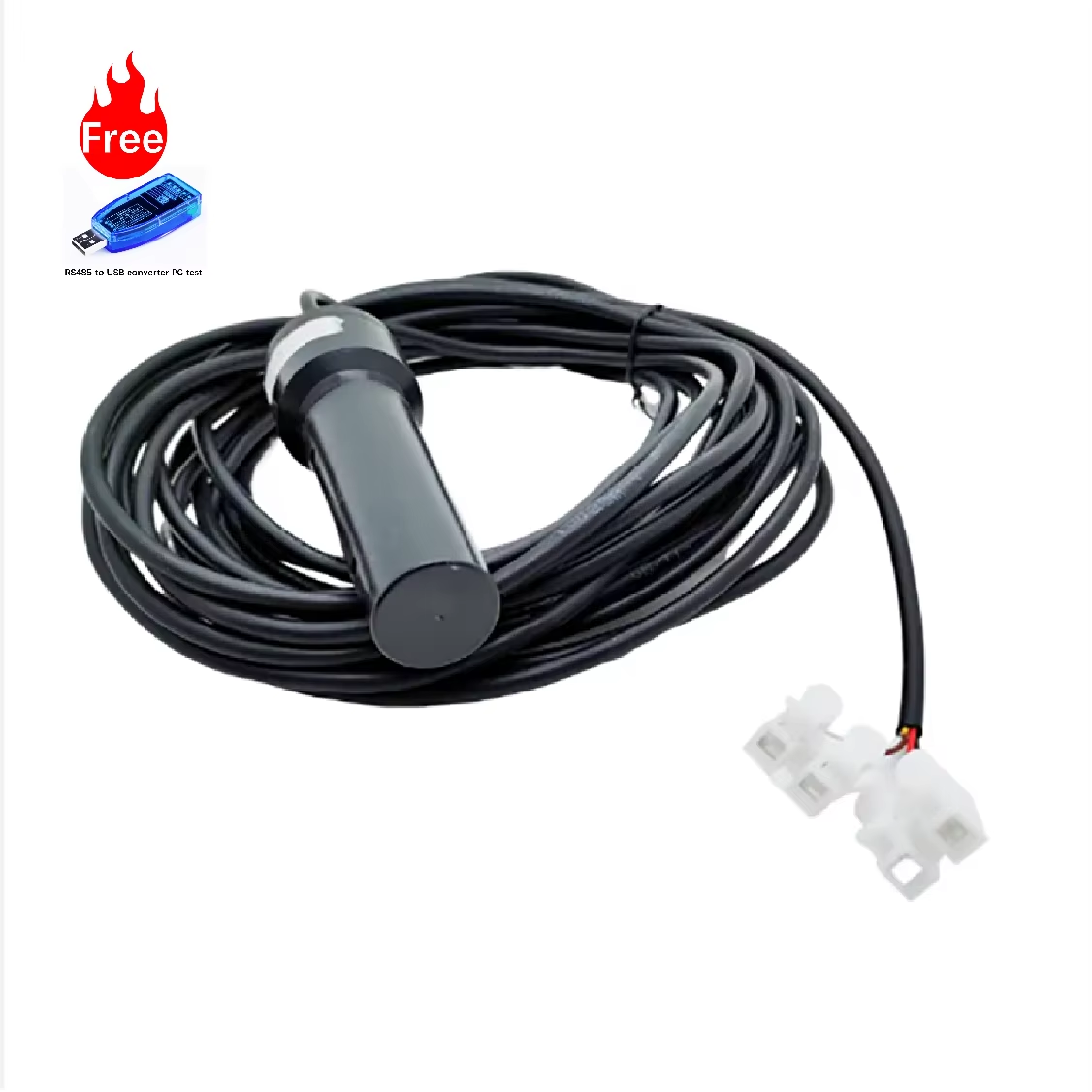July 2, 2025, Global Water Resources Daily — As global water shortages and water quality pollution issues intensify, scientists and managers are recognizing the importance of water quality monitoring. Among these efforts, monitoring the concentration of carbon dioxide (CO₂) in water has become a significant component of water resource management. In recent years, advancements in CO₂ monitoring technology have provided new perspectives for the management and protection of water resources.
Rise of Carbon Dioxide Monitoring Technology
The carbon dioxide in water originates from both natural factors (such as the dissolution of water bodies and photosynthesis by plants) and human activities (including industrial wastewater discharge and agricultural irrigation). Monitoring CO₂ levels in water not only helps understand the ecological health of water bodies but also reflects their self-purification capacity and pollution load.
With high-precision water quality sensors, managers can monitor CO₂ concentration changes in real time. These sensors, combined with Internet of Things (IoT) technology, allow data to be instantly uploaded to the cloud, enabling decision-makers to quickly respond to water quality changes.
Application Examples
In North America, several cities have begun using CO₂ monitoring technology to manage their drinking water sources. By continuously monitoring CO₂ concentrations in the water, treatment plants can promptly adjust their processes to ensure that water quality meets safety standards. Additionally, monitoring data assists water resource management agencies in assessing the health of aquatic ecosystems and effectively preventing issues like water eutrophication.
In Europe, reforms in agricultural irrigation management have also been propelled by monitoring CO₂ levels in water quality. By monitoring the concentration of CO₂ in soil and water sources, farmers can achieve precision irrigation, reducing water waste and increasing crop yields.
Impact
-
Enhanced Water Safety: Real-time monitoring of CO₂ levels facilitates the timely detection of abnormalities in water quality, safeguarding drinking water and providing robust protection for public health.
-
Promoting Sustainable Water Management: CO₂ monitoring provides scientific evidence for water resource management, helping policymakers devise more reasonable strategies for sustainable development.
-
Improving Environmental Health: By monitoring CO₂, scientists can better study the ecological health of water bodies and promptly take measures to improve water quality and protect aquatic life.
-
Increasing Agricultural Efficiency: In agricultural irrigation, the precise monitoring of CO₂ helps farmers utilize water resources effectively, improving the growing conditions for crops and achieving increased yields.
Conclusion
The application of water quality carbon dioxide monitoring technology is changing the landscape of global water resource management, offering new solutions for addressing water scarcity and pollution. As technology continues to advance and policies are implemented, this monitoring technique is expected to play an increasingly vital role in water resource management, promoting the achievement of sustainable water management goals.
We can also provide a variety of solutions for
1. Handheld meter for multi-parameter water quality
2. Floating Buoy system for multi-parameter water quality
3. Automatic cleaning brush for multi-parameter water sensor
4. Complete set of servers and software wireless module, supports RS485 GPRS /4g/WIFI/LORA/LORAWAN
For more Water quality sensor information,
please contact Honde Technology Co., LTD.
Email: info@hondetech.com
Company website: www.hondetechco.com
Tel: +86-15210548582
Post time: Jul-02-2025


